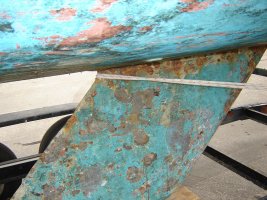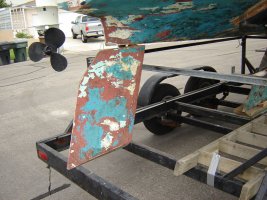rbonilla
"don't tread on me" member XVXIIIII
E-23 skank bottom or, bottom cleaning & maint
greetings....after picking up a e23 thats been sitting in the salt water for a number of years...i want to get her cleaned up, painted, and set for colorado lake sailing up around boulder, co...question is...take a l@@k at the photos below and give me advise of how to proceed to scrape, strip, clean up and paint this hull....any tips and "things you learned" from the past sure would be appreciated !!!
she is a fixed keel and l@@s pretty rough, in spots..... thanx for any tips !!!
.....
greetings....after picking up a e23 thats been sitting in the salt water for a number of years...i want to get her cleaned up, painted, and set for colorado lake sailing up around boulder, co...question is...take a l@@k at the photos below and give me advise of how to proceed to scrape, strip, clean up and paint this hull....any tips and "things you learned" from the past sure would be appreciated !!!
she is a fixed keel and l@@s pretty rough, in spots..... thanx for any tips !!!
.....
Attachments
Last edited by a moderator:




